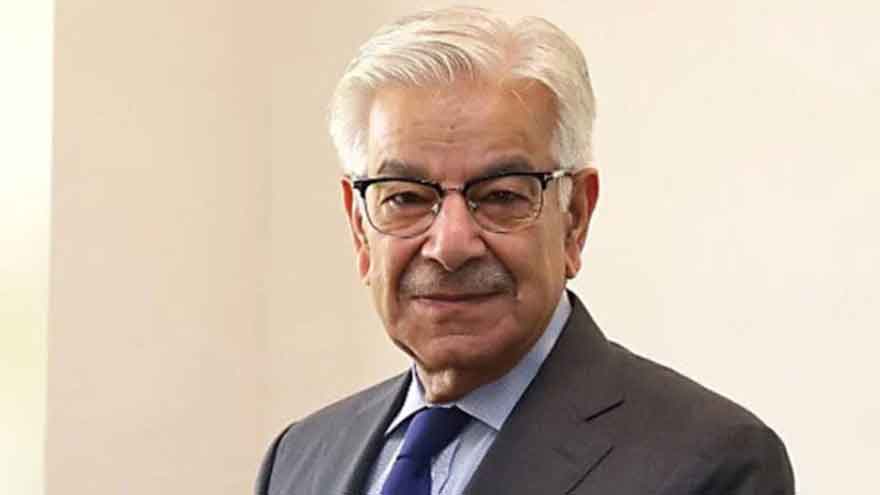Pakistan’s Economy Projected to Grow by 2.5% in FY2025: ADB Forecast

Pakistan’s economy is poised for modest growth in the fiscal year 2025, with a projected real GDP increase of 2.5%, as per the latest Asian Development Outlook (ADO) released by the Asian Development Bank (ADB). This growth rate is in line with the performance recorded in FY2024, signaling continued recovery and stability despite ongoing macroeconomic challenges.
Factors Driving Pakistan’s Economic Growth
The ADB’s forecast attributes Pakistan’s stable growth trajectory to a combination of tight macroeconomic policies and the steady implementation of economic reforms. According to the ADB, adherence to the International Monetary Fund’s (IMF) Extended Fund Facility (EFF) arrangement, which began in October 2024, plays a crucial role in bolstering the country’s fiscal resilience and laying the foundation for sustainable, inclusive growth.
“Pakistan’s economy has benefited from improved macroeconomic stability, thanks to robust reform implementation in areas such as tax policy and energy sector viability,” noted Emma Fan, ADB Country Director for Pakistan. She emphasized that sustained implementation of these reforms is essential to strengthening fiscal and external buffers.
Economic Outlook for 2025 and 2026
Looking ahead, the ADB projects that Pakistan’s growth will accelerate to 3.0% in FY2026, driven by continued progress on reform initiatives. A more stable macroeconomic environment, supported by a stable foreign exchange market and rebounding private sector investment, is expected to underpin this growth.
Key drivers of the projected growth in FY2025 include improved conditions in both the industrial and service sectors, supported by recent monetary easing and a stable macroeconomic environment. Additionally, the country is likely to benefit from strong remittance inflows, lower inflation, and moderate domestic demand conditions.
Inflation and Gender Considerations
The ADB expects inflation to decline significantly in FY2025, with an average rate of 6.0%, further decreasing to 5.8% in FY2026. This reduction is attributed to the moderation of food inflation, stable global oil prices, and favorable base effects.
The report also highlights the importance of addressing gender disparities in the workforce. Female labor force participation in Pakistan remains low compared to its regional peers, and the ADB suggests that enhancing female empowerment could drive further economic output. Investments in girls’ education and vocational training, along with improved public transport and safer travel options, are seen as key factors to reducing barriers for women entering the labor market.
Impact of Global Tariffs
The ADB’s growth projections for Pakistan were finalized before the announcement of new tariffs by the U.S. administration on April 2, 2025. As such, the current projections reflect only the tariffs in place before this development. However, the ADO’s analysis touches upon how the escalating global trade tensions, including higher tariffs, may affect growth prospects across Asia and the Pacific.
In conclusion, while Pakistan’s economic outlook for FY2025 remains modest, the combination of ongoing reforms, a stable macroeconomic framework, and external factors such as remittances and lower inflation is expected to support steady growth in the coming year.




